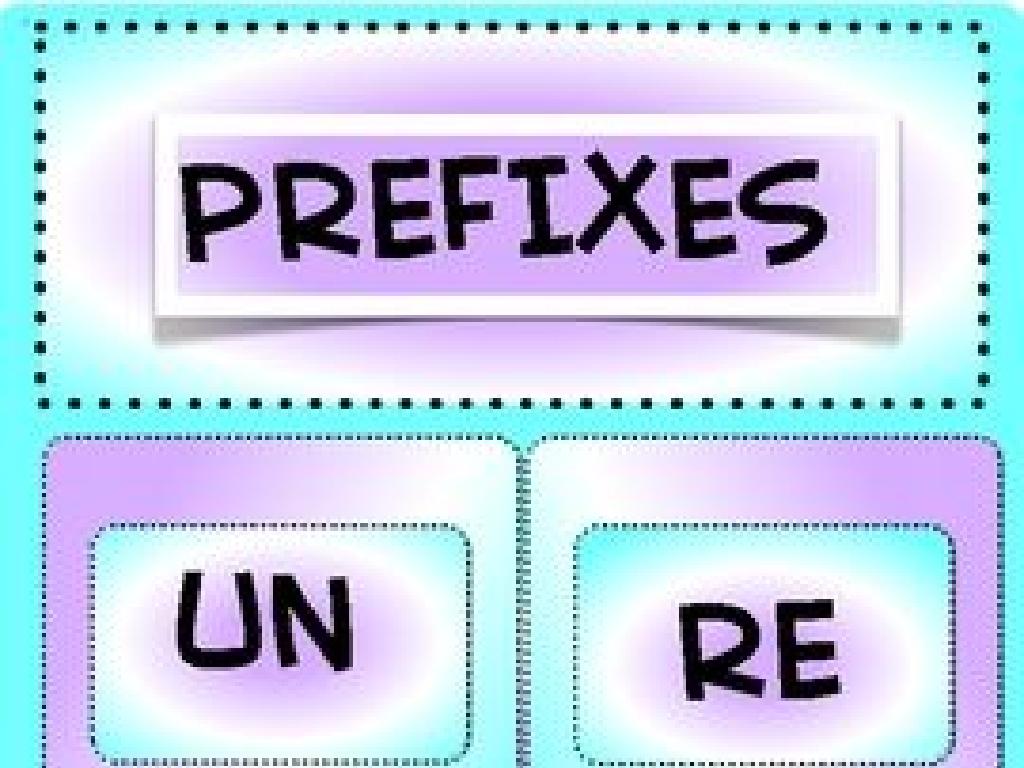The Roman Republic: Part I
Subject: Social studies
Grade: Seventh grade
Topic: Rome And The Byzantine Empire
Please LOG IN to download the presentation. Access is available to registered users only.
View More Content
The Roman Republic: A Historical Overview
– Introduction to Rome’s history
– Rome’s legacy began over 2,800 years ago, evolving from a monarchy to a republic.
– Timeline: Monarchy to Republic
– Rome was a Kingdom before 509 BCE, then became a Republic until 27 BCE.
– Significance of the Roman Republic
– The Roman Republic established foundational democratic principles.
– Influence on modern governance
– Roman political systems influence today’s democracies and legal structures.
|
This slide introduces students to the Roman Republic, setting the stage for understanding its place in world history. Start by discussing the origins of Rome and its initial governance as a monarchy. Highlight the transition to a republic in 509 BCE, emphasizing the shift towards a more democratic system of governance. Discuss the Roman Republic’s significant contributions to political thought and structure, such as the concept of a senate and the rule of law, which have influenced modern democratic governments. Encourage students to think about how these ancient ideas still impact our lives today. This will help students appreciate the long-standing legacy of Roman political innovations.
The Birth of the Roman Republic
– End of the Roman Kingdom
– 509 BCE: Transition from monarchy to republic
– Establishment of the Republic
– A new system with elected officials and senators
– Rome’s early Republic expansion
– Territories added, including parts of Italy
– Impact on future governance
|
This slide introduces the pivotal moment in Roman history when the monarchy was overthrown and the Republic was established in 509 BCE. Highlight the transition from a kingdom ruled by kings to a republic governed by elected leaders and a senate, which laid the foundation for modern democratic systems. Discuss the expansion of Rome during the early Republic, including the conquest and incorporation of neighboring territories, which contributed to Rome’s growth as a powerful entity. Emphasize the significance of these events in shaping the political and social structures of the time, and their lasting impact on governance and law. Engage students by comparing the Roman Republic’s governmental structure with the United States’ system of democracy.
Roman Social Structure: Patricians vs. Plebeians
– Patricians: The elite class
– Patricians held power and were wealthy landowners.
– Plebeians: The common people
– Plebeians were artisans, merchants, and farmers with fewer rights.
– Social class rights and roles
– Each class had specific roles in society, influencing their legal rights and duties.
– The Struggle of the Orders
– A social conflict that led to political reforms and more equality.
|
This slide aims to introduce students to the complexities of the Roman social hierarchy and its impact on the Republic’s development. The patricians were the ruling class with significant influence over political and religious offices, while the plebeians comprised the majority of the population but had limited power. Discuss the roles and rights of each class, emphasizing how these distinctions affected daily life and governance. The Struggle of the Orders was a pivotal series of events where plebeians sought political equality, resulting in significant social changes and the establishment of laws that were more inclusive. Use this discussion to draw parallels with modern social structures and the concept of civil rights movements.
Governing the Roman Republic
– Senate, Consuls, and Assembly roles
– The Senate advised, Consuls executed laws, Assembly voted on them.
– Checks and balances system
– Each branch could veto or influence the other to prevent abuse of power.
– Preventing tyranny in the Republic
– This system was designed to stop any one person from gaining too much control.
– Roman influence on modern governance
– Many modern democratic systems are based on Roman Republic principles.
|
This slide explores the structure of the Roman Republic’s government, which was designed to balance power among different branches. The Senate, which was made up of patricians, advised on policy; the Consuls, elected officials, carried out laws; and the Assembly, which included plebeians, voted on them. The checks and balances system was crucial in preventing any single branch from becoming too powerful, thus avoiding tyranny. Highlight how this ancient system laid the groundwork for modern democratic governance, including the United States’ system of government. Encourage students to think about how these principles apply to our current political system and the importance of having different branches with distinct powers.
Roman Law and Justice: The Foundation
– The Twelve Tables introduction
– Rome’s first written laws, a basis for justice and rights.
– Law’s role in Roman life
– Laws affected social, economic, and political aspects daily.
– Roman law’s modern impact
– Many legal concepts originated from Roman law, like ‘innocent until proven guilty’.
– Exploring legal legacy
– Consider how our laws today reflect those of ancient Rome.
|
This slide aims to introduce students to the concept of Roman Law and its significance in the Roman Republic. The Twelve Tables were crucial as they represented the first codification of Roman law and laid the foundation for future legal systems. Emphasize the pervasive influence of law in Roman society, affecting all aspects of daily life. Highlight the enduring impact of Roman legal principles on contemporary legal systems, such as the presumption of innocence and the protection of property rights. Encourage students to think critically about the legacy of Roman law and its relevance to our current legal practices. This will help them appreciate the historical context and the evolution of legal systems over time.
Military Might of the Roman Republic
– Structure of Roman military
– Consisted of legions divided into centuries led by centurions.
– Discipline in Roman legions
– Strict training, formations, and loyalty were key to their success.
– Roman military campaigns
– Conquests in Italy and beyond, often for resources or defense.
– Expansion of the Republic
– Through victories, Rome grew from a city to a vast Republic.
|
This slide aims to give students an understanding of the Roman military’s role in the expansion of the Republic. The Roman military was highly structured, with legions at the core of their forces. Discipline was paramount, with rigorous training and adherence to strict formations during battles. Military campaigns were often driven by the need for resources or strategic defense, leading to significant territorial expansion. The success of these campaigns transformed Rome from a city-state into a powerful Republic, laying the groundwork for an empire. Discuss the importance of military organization and how it contributed to Rome’s ability to conquer and maintain a vast territory.
Daily Life in the Roman Republic
– Roman citizen daily routine
– Activities from morning to night, including forum visits and meals
– Education, entertainment, religion
– School for the young, theatre/games for all, and worship of gods
– Trade and economic practices
– Commerce thrived with coins, markets, and diverse trade goods
– Impact on society
|
This slide aims to give students a glimpse into the everyday life of a Roman citizen during the Republic era. Discuss the typical daily activities, including work, socializing at the forum, and dining customs. Highlight the importance of education for the youth, the role of entertainment such as theatre and gladiatorial games in society, and the significance of religion and worship. Explain the Republic’s economy, emphasizing the use of currency, the bustling markets, and the trade routes that connected Rome to other regions. The impact of these aspects on society and their contribution to the cultural richness of the Roman Republic should be underscored. Encourage students to compare and contrast these historical lifestyles with their own, fostering a deeper understanding of the past.
The Fall of the Roman Republic
– Key events of the Republic’s decline
– Political strife, social turmoil, and economic issues
– Influential leaders and their roles
– Julius Caesar, Pompey, Crassus: Triumvirate leaders
– Julius Caesar’s impact
– Caesar’s dictatorship was a pivotal factor
– Republic’s transition to Empire
– Shift occurred as Caesar’s power grew, leading to an imperial system
|
This slide aims to outline the critical factors that contributed to the fall of the Roman Republic. Discuss the series of key events that led to the decline, including political conflicts, social unrest, and economic instability. Highlight the roles of influential figures such as Julius Caesar, Pompey, and Crassus, focusing on how their actions and alliances shaped the course of Roman history. Explain how Julius Caesar’s rise to power and subsequent dictatorship served as a turning point, ultimately leading to the end of the Republic and the beginning of the Roman Empire. Encourage students to consider the complexities of leadership and governance, and how the concentration of power can lead to significant political and social changes.
Role-Play: Roman Senate Debate
– Divide into social class groups
– Role-play Senate law discussion
– Pretend you’re in ancient Rome, debating laws that affect your class
– Reflect on the Republic’s system
– How did the Republic’s system shape Rome?
– Discuss challenges and advantages
– Consider fairness, representation, and power dynamics
|
This class activity is designed to immerse students in the political dynamics of the Roman Republic. By dividing the class into groups representing different social classes such as Patricians, Plebeians, and Slaves, students will gain a deeper understanding of societal roles and the political influence each class held. Each group will role-play a scenario in the Roman Senate, discussing and debating the passing of a new law. This will help students appreciate the complexity of the Roman political system and its impact on governance and society. After the role-play, guide a reflection on the challenges faced by different classes and the advantages of the Republic’s political structure. Encourage students to think critically about how this system compares to modern-day political systems. Possible activities include debating a law about trade, military service, or citizenship rights.
Reflecting on the Roman Republic
– Recap key concepts of the Republic
– Review governance, society, and milestones
– Discuss the Republic’s legacy
– Influence on modern government and law
– Engage in Q&A session
– Encourage curiosity and understanding
|
This slide aims to consolidate the students’ understanding of the Roman Republic by revisiting the main points discussed during the lesson. Emphasize the Republic’s system of governance, the structure of society, and significant historical milestones. Highlight the enduring legacy of the Roman Republic, particularly its impact on modern democratic systems and legal frameworks. Conclude with an interactive Q&A session to address any uncertainties and deepen comprehension. This will also help gauge the students’ grasp of the topic and encourage active participation. Prepare to provide examples of the Republic’s influence on contemporary institutions to make the connection more tangible for the students.





